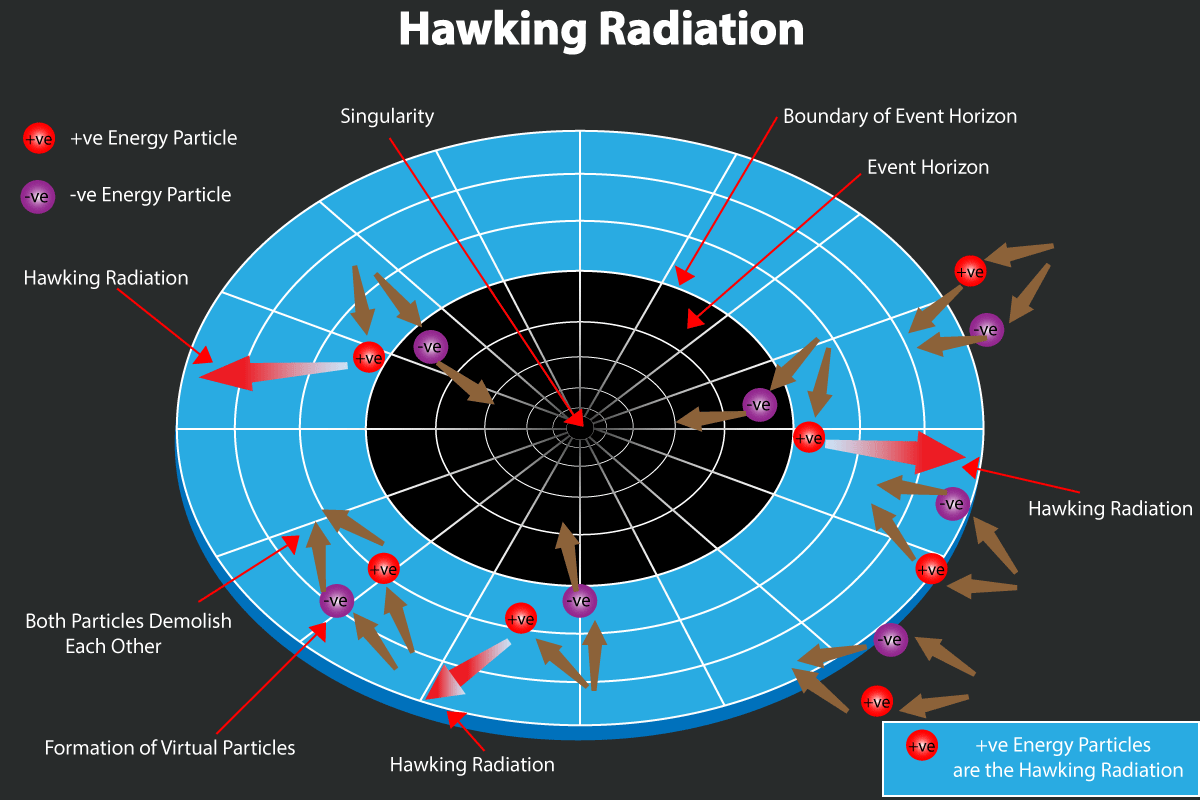


We don’t know how much radiation was released because monitors were non-functionalĭata from radiation monitors from the time were unreliable. If a researcher wanted to claim more harm or investigate a worst-case scenario, an expert selected by nuclear industry insurers would have to “concur on the nature and scope of the projects.”.Those studying the health impact of Three Mile Island radiation emissions were prohibited from assessing “worst case estimates” of radiation releases unless such estimates would lead to a conclusion of insignificant amount of harm - that being “less than 0.01 health effects”.If a researcher wanted to conduct a study using money from this Fund, they had to obey two main parameters set forth by Federal Judge Sylvia Rambo, who was in charge of the Fund.*

(Photo: Child Aloft by Robert Del Tredici)Īfter the Three Mile Island reactor core melted and radioactivity was released to the surrounding population, researchers were not allowed to investigate health impacts of higher doses because the TMI Public Health Fund, established to pay for public health research related to the disaster, was under a research gag order issued by a court. Residents at the time had questions about health risks but the fund established to pay for public health research related to the disaster was under a research gag order issued by a court.


 0 kommentar(er)
0 kommentar(er)
